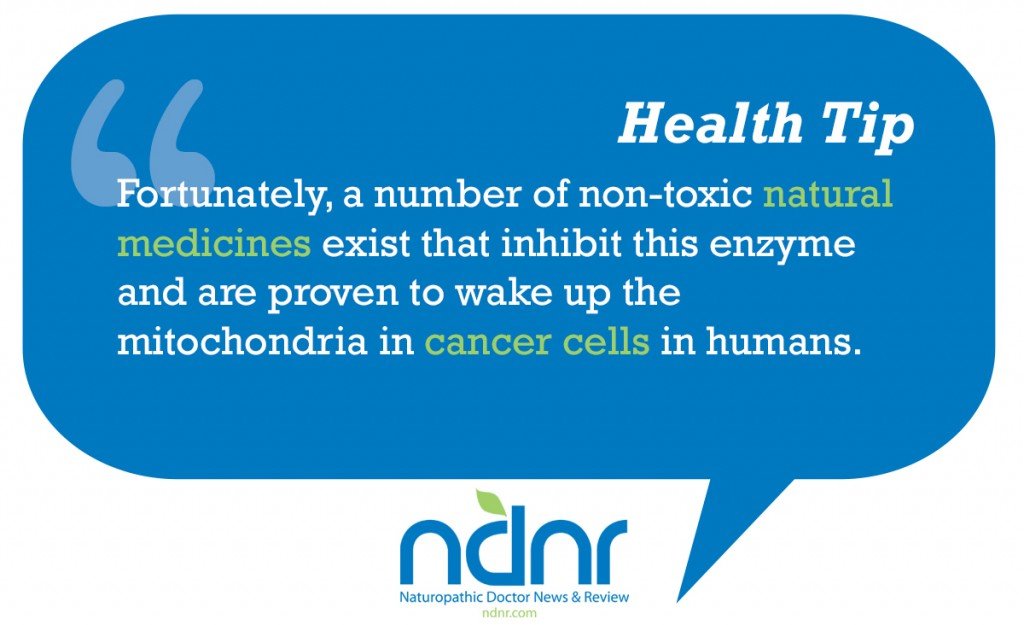Neil McKinney, BSc, ND
When a cancer gets to be a mass of cells about 1mm in diameter, it must get extra blood and lymph vessels to maintain the abnormal rate of growth. Oxygen and nutrients can only passively diffuse across that magic millimeter. As malignant cells run low on oxygen, they release distress signals that recruit peripheral stem cells and immune cells to make chemicals that sprout new vessels, particularly vascular endothelial growth factor (VEGF). If they cannot get this increase in blood and drainage, the cancer will not continue to grow fast enough to be a disease – and tumors can die without oxygen. Note that all of this happens long before a tumor is detectable to any current diagnostic test.
In every way, the immune cells act to support the health and growth of the tumor cells. They appear to see the cells as damaged host cells, and go into repair mode. Macrophages even provide the tools to soften the intracellular matrix and allow tumor invasion into healthy tissue, including into blood and lymph vessels.
By the time a cancer is diagnosed, at a diameter around 1cm, chaotic blood vessels in the tumor are typically so leaky they raise the fluid pressure in the tumor so high it squashes the blood flow, and the tumor develops areas of low oxygen, resulting in hypoxia. There may even be areas that have no oxygen at all, and parts of the tumor will die. Areas with severe anoxia die by necrosis. Hypoxic cells cannot be killed by radiation, and the poor blood supply precludes adequate drug delivery.
The cancer cells survive by switching to fermentation of sugars for energy, which is less efficient. Unfortunately they do not slow down for long. The lactic acid byproduct of fermentation is a major growth trigger that accelerates the doubling of the cancer cells. Soon another cycle of angiogenesis ensues.
Hypoxia means less oxygen going into the little combustion chambers in the cell called mitochondria. Here, sugars are burned or oxidized to make energy. There are about 1,000 mitochondria in every cell. We inherit them from our mother’s egg; they have their own DNA and function quite independently from the rest of the cell, including the chromosomes received from both parents. We believe cancer is caused by changes in these nuclear chromosomes. Mitochondria low in oxygen build up free radicals of oxygen, particularly hydrogen peroxide. With the mitochondrial control over apoptosis offline, the cancer cell will not die, despite severe damage and stress.
About Dichloroacetate
We have known for years how to wake up the mitochondria in patients with chronic fatigue syndrome and fibromyalgia. We have not been keen to try this with cancers because burning sugars in mitochondria makes about 18 times more energy than by fermentation outside the mitochondria. We do not want to give the cancer more energy to grow on!
Balancing that argument was the concept of removing lactic acid or lactate, known to act as a growth factor. Merely removing lactic acid to “alkalize” the tumor makes no sense, and will not in itself retard tumor growth.
However, it turns out from studies in rats using the drug dichloroacetate (DCA) that blocking the enzyme pyruvate dehydrogenase kinase that makes lactate from pyruvate wakes up the mitochondria in cancer cells – and the cells immediately go into their death and recycling program. This apoptosis program is innate in every human cell, and will turn off any cells found to have passed 50 doublings or having more than 50,000 to 60,000 errors or mutations in its DNA. The p53 gene runs this check on the DNA at the cell-cycle checkpoint just before copying the cell. It is like the utility that checks your computer hard drive for errors. If enough cells enter apoptosis, the tumors disappear and the patient has hope for a cure.
The bad news is that DCA is very experimental, despite the New Scientist article brazenly titled, “New Drug Cures Most Cancers.” The only cancer study is breast cancer in rats. The only human studies testing DCA for advanced diabetes showed tremendous toxicity problems. All of the patients either died or dropped out of the studies early. I have read many commentaries on DCA referring to it as a safe or relatively non-toxic drug. This is truly alarming, as it is more toxic than any chemo drug I have ever seen. Within a few weeks’ use, it takes the myelin off peripheral nerves just like in multiple sclerosis, causing pain, numbness, tremor and staggering. It can cause central nervous system damage, including confusion, sedation, hallucinations and memory impairment. It also is very toxic to the liver and is known to cause cancer! It can trigger oxalate-based kidney stones and increase uric acid levels, risking gout.
After a brief flurry of self-prescribing DCA from American internet sites, the only Canadian source is now an MD in Toronto who is selling it – at quite a markup in price. Despite medications to control side effects, it is just not safe therapy, even though the tumor shrinkage we see is tantalizing.
Natural Alternatives
Fortunately, a number of non-toxic natural medicines exist that inhibit this enzyme and are proven to wake up the mitochondria in cancer cells in humans. These agents are approved by Health Canada (the federal department responsible for helping Canadians maintain and improve their health) for over-the-counter sale – for other purposes (see Table 1). Many have been shown to arrest human cancers in published studies.
The grouping of supplements in Table 1 is novel, although all are remedies I have used for many years in an oncology-focused practice. It is a complete new protocol, sufficient to get good responses in many cases of advanced cancer. Typically we have a scan or tumor-marker test to confirm a response within four to six weeks of starting this program. If the patient is stable, we continue. Often they are better than stable, with a partial or complete response in many cases.
Other agents that basic scientific research shows can support mitochondrial recovery include:
- Curcumin (with bromelain or bioperine for absorption)

- Selenomethionine
- Magnesium malate
- L-carnitine
- Vitamin E
- Superoxide dismutase (SOD)
- Glutathione (GSH)
- Taurine, cysteine and methionine
- Methylated flavones such as hesperidin methyl chalcone
- Resveratrol
- Olives and olive oil
- Coriolus versicolor extract
- Paeonia lactiflora extract
- Berberine
- Ashwagandha
- Capsaicin from red chili and habenero peppers
- Iodine
- Iron citrate
- Zinc citrate
- RNA extracts.
I have no ethical compunction about prescribing a safe and rational new protocol to patients who are experiencing progression of their disease despite trials of all known effective agents. Desperate times call for desperate measures. Fortunately, results have been quite gratifying in some very advanced cases of breast and colon cancer that were escaping control or never responded to all the usual therapies. Even more exciting is the responses seen in cancers I have never had brilliant results with in the past, including lung cancer and sarcomas.
These supplements have little interaction with many common oncology drugs, including warfarin and dexamethasone. I would not mix this program with cytotoxic chemotherapy or radiation therapy, preferring other supports through those therapies and for about three weeks after the last dose.
There is no reason to limit care to these agents. They combine well with targeted vaccines, mistletoe injections, IV vitamin C and other aggressive therapies. As with any generic protocol for cancer, we also would want to integrate agents known to target the specific growth factors driving the particular cancer we are treating.
 Neil McKinney, BSc, ND has a practice focused on oncology in Victoria, B.C. He is a professor of naturopathic oncology at the Boucher Institute of Naturopathic Medicine, is a member of the Oncology Academy of Naturopathic Physicians, and author of Naturally There’s Hope, a handbook for the naturopathic care of cancer patients.
Neil McKinney, BSc, ND has a practice focused on oncology in Victoria, B.C. He is a professor of naturopathic oncology at the Boucher Institute of Naturopathic Medicine, is a member of the Oncology Academy of Naturopathic Physicians, and author of Naturally There’s Hope, a handbook for the naturopathic care of cancer patients.
References
Wenzel U and Daniel H: Early and late apoptosis events in human transformed and non-transformed colonocytes are independent of intracellular acidification, Cell Physiol Biochem 14(1-2):65-76, 2004.
Jurasunas S: Mitochondria and cancer, Townsend Letter 277/78:83-86, 146-148, 2006.
Bonnet S et al: A mitochondria-K+ channel axis is suppressed in cancer and its normalization promotes apoptosis & inhibits cancer growth, Cancer Cell 11(1):37-51, 2007.
Tang W et al: Ganodermic acid T from Ganoderma lucidum mycelia induces mitochondria mediated apoptosis in lung cancer cells, Life Sci 80(3): 205-211, 2006.
Lemasters JJ and Holmuhamedov E: Voltage-dependent anion channel (VDAC) as mitochondrial governator – thinking outside the box, Biochimica et Biophysica Acta 1762(2):181-190, 2006.

